
Joint Replacement (Knee, Hip, Shoulder) is a surgical procedure where a damaged or worn-out joint is replaced with an artificial implant made of metal, plastic, or ceramic. It is commonly recommended for patients suffering from severe arthritis, injury, or joint degeneration that causes chronic pain and limits movement. Knee replacement restores mobility and reduces pain in the knee joint, while hip replacement helps relieve hip stiffness and improve walking ability. Shoulder replacement improves arm function and reduces discomfort. These surgeries significantly enhance quality of life by restoring joint function, increasing range of motion, and allowing patients to return to daily activities with improved comfort and stability.

Arthroscopy is a minimally invasive procedure used to diagnose and treat joint problems, especially in the knee, shoulder, ankle, and wrist. A small camera called an arthroscope is inserted through a tiny incision, allowing the surgeon to see inside the joint. Other small tools are used to repair damage like torn cartilage or ligaments. It causes less pain and scarring compared to open surgery and allows for quicker recovery. Most arthroscopies are outpatient procedures, helping patients return to normal activities faster.

Spinal fusion is a surgical procedure used to join two or more vertebrae in the spine to reduce pain and improve stability. It is commonly performed to treat conditions such as degenerative disc disease, scoliosis, spinal stenosis, or fractures. During the procedure, a surgeon removes damaged discs or bone and replaces them with bone grafts or synthetic materials to promote healing. Over time, the vertebrae fuse together to form a solid bone structure. Spinal fusion helps alleviate pain caused by abnormal movement between vertebrae and prevents further damage. It can be done using traditional open surgery or minimally invasive techniques. Although it provides significant pain relief, it may limit the movement of the affected spinal segment. Recovery times can vary, but physical therapy is often recommended.
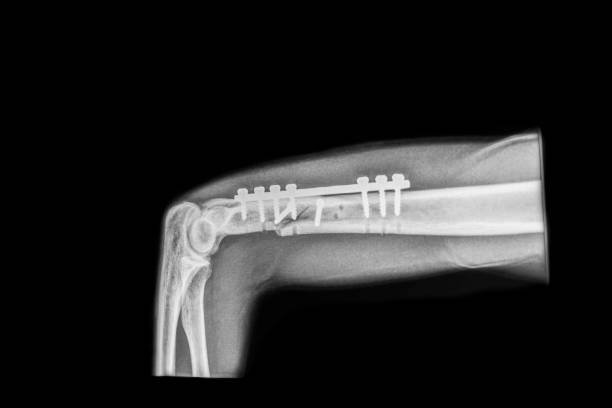
Fracture Repair (Internal Fixation) is a surgical procedure used to treat broken bones, especially when the fracture is complex or unstable. In this procedure, the surgeon uses metal implants such as plates, screws, or rods to hold the broken bone pieces in place while they heal. Internal fixation provides stable support, allowing the bone to heal in the correct position and reducing the need for a cast. This method is commonly used for fractures in areas like the arm, leg, or spine. It improves alignment, accelerates recovery, and reduces the risk of complications like malunion or nonunion. After surgery, physical therapy is often recommended to restore strength and function.
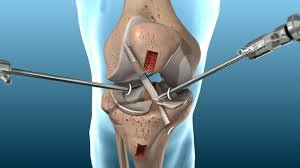
ACL reconstruction is a surgical procedure used to repair a torn anterior cruciate ligament (ACL) in the knee. The ACL is vital for stabilizing the knee during activities like running or jumping. In this surgery, the torn ligament is replaced with a graft, often taken from the patient’s own tendon or a donor. The procedure helps restore knee stability, improve mobility, and reduce pain. ACL reconstruction is typically followed by rehabilitation to strengthen the knee and return to normal activities.
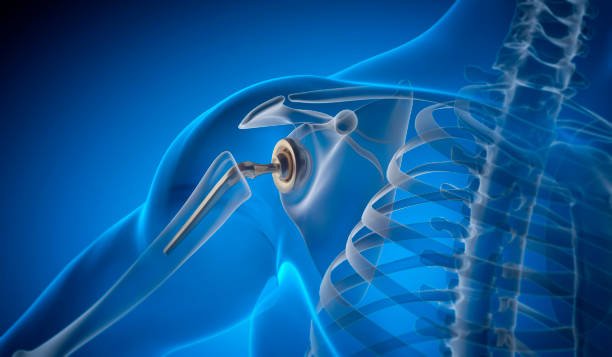
Rotator Cuff Repair is a surgical procedure used to treat tears in the rotator cuff, a group of muscles and tendons that stabilize the shoulder. The tear can occur due to injury, overuse, or aging. During the surgery, the surgeon reattaches the torn tendon to the bone using sutures or anchors. The procedure helps restore shoulder strength, range of motion, and stability. Post-surgery rehabilitation, including physical therapy, is crucial for recovery to regain full function and prevent further damage. This surgery is often recommended when conservative treatments, such as physical therapy, are ineffective.
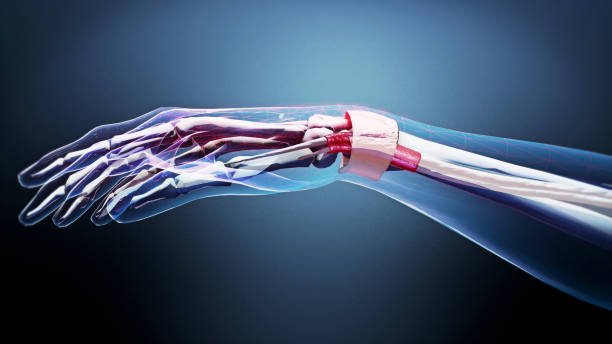
Hand and wrist surgery is a procedure performed to treat injuries, deformities, or conditions affecting the hand, wrist, or fingers. Common reasons for surgery include fractures, ligament tears, carpal tunnel syndrome, tendon injuries, arthritis, and congenital deformities. Depending on the condition, the surgery may involve repairing or reconstructing bones, tendons, ligaments, or nerves. It can be done using traditional open surgery or minimally invasive techniques, such as arthroscopy. Post-surgery rehabilitation and physical therapy are crucial for restoring strength, mobility, and function. The goal is to reduce pain, prevent further damage, and improve the hand's ability to perform daily tasks.
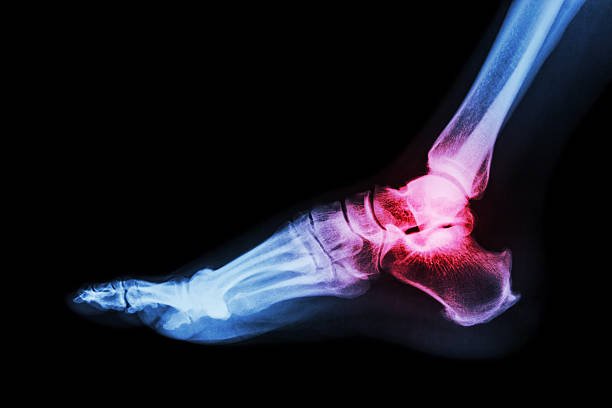
Foot and ankle surgery is performed to treat a variety of conditions, such as fractures, arthritis, tendon injuries, deformities, and chronic pain. Common procedures include repairing broken bones, correcting misalignments like flat feet or bunions, and addressing issues like Achilles tendon ruptures or ankle instability. Surgery can be performed using open or minimally invasive techniques, depending on the severity and location of the problem. Recovery often involves physical therapy to restore mobility, strength, and function. The goal of foot and ankle surgery is to alleviate pain, improve stability, and enable patients to return to normal activities with enhanced mobility.

Orthopedic trauma surgery involves the treatment of severe bone fractures, joint injuries, and soft tissue damage caused by accidents or trauma. The goal is to restore function, alleviate pain, and ensure proper healing of bones, muscles, ligaments, and tendons. Common conditions treated include broken bones, dislocations, and complex fractures. Surgical procedures may include internal fixation with plates, screws, rods, or external fixation devices to stabilize the injured area. Rehabilitation and physical therapy are typically needed to restore strength and mobility after surgery. Orthopedic trauma surgery plays a crucial role in helping patients recover from traumatic injuries and return to normal activities.

Glaucoma treatment aims to lower intraocular pressure (IOP) to prevent damage to the optic nerve. When medications are not enough, laser procedures like Selective Laser Trabeculoplasty (SLT) or surgeries such as Trabeculectomy or tube shunt implantation are recommended. Laser treatments improve fluid drainage from the eye, while surgical options create new drainage pathways. These procedures help preserve vision and slow disease progression. Early diagnosis and proper treatment are essential to managing glaucoma and preventing permanent vision loss.